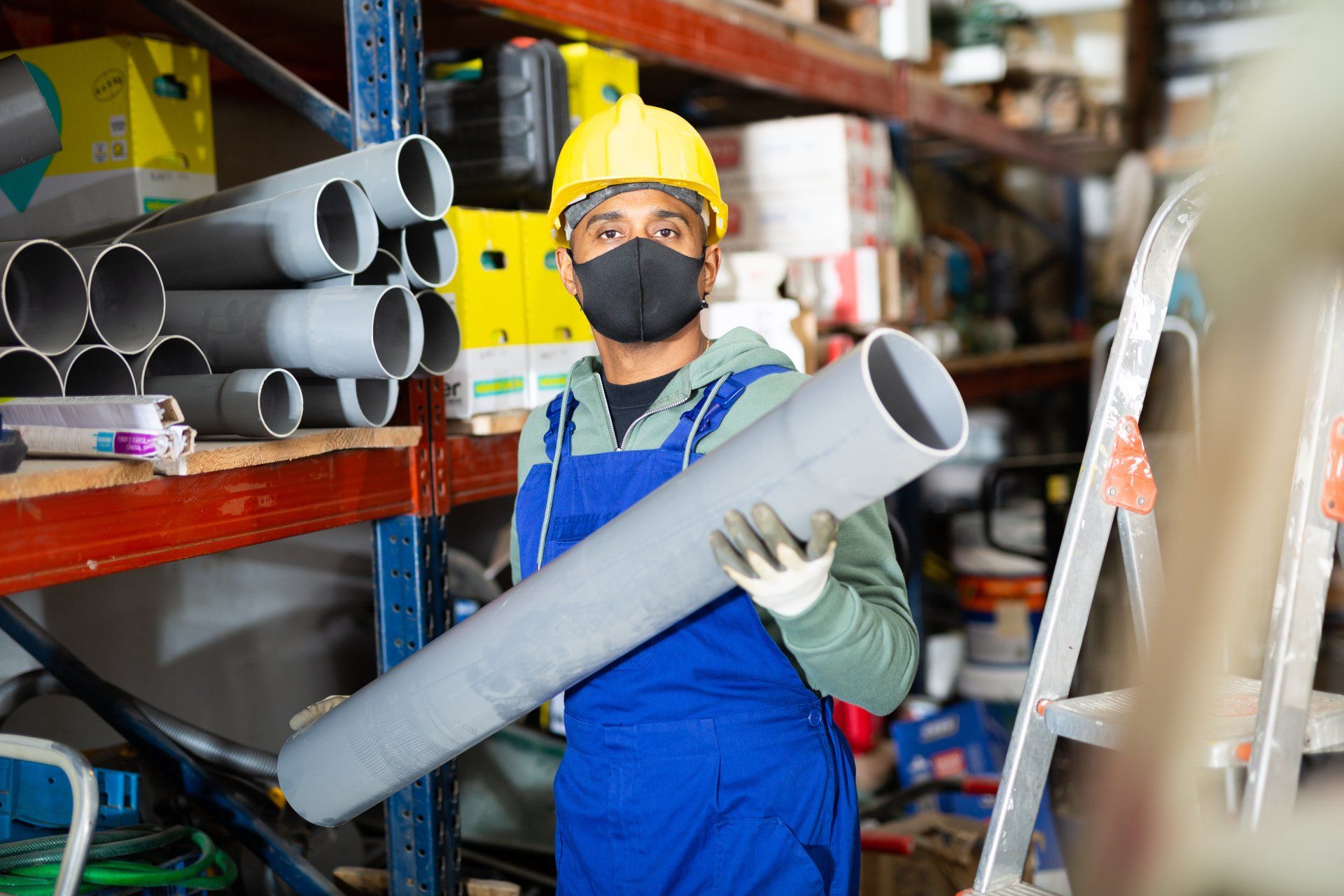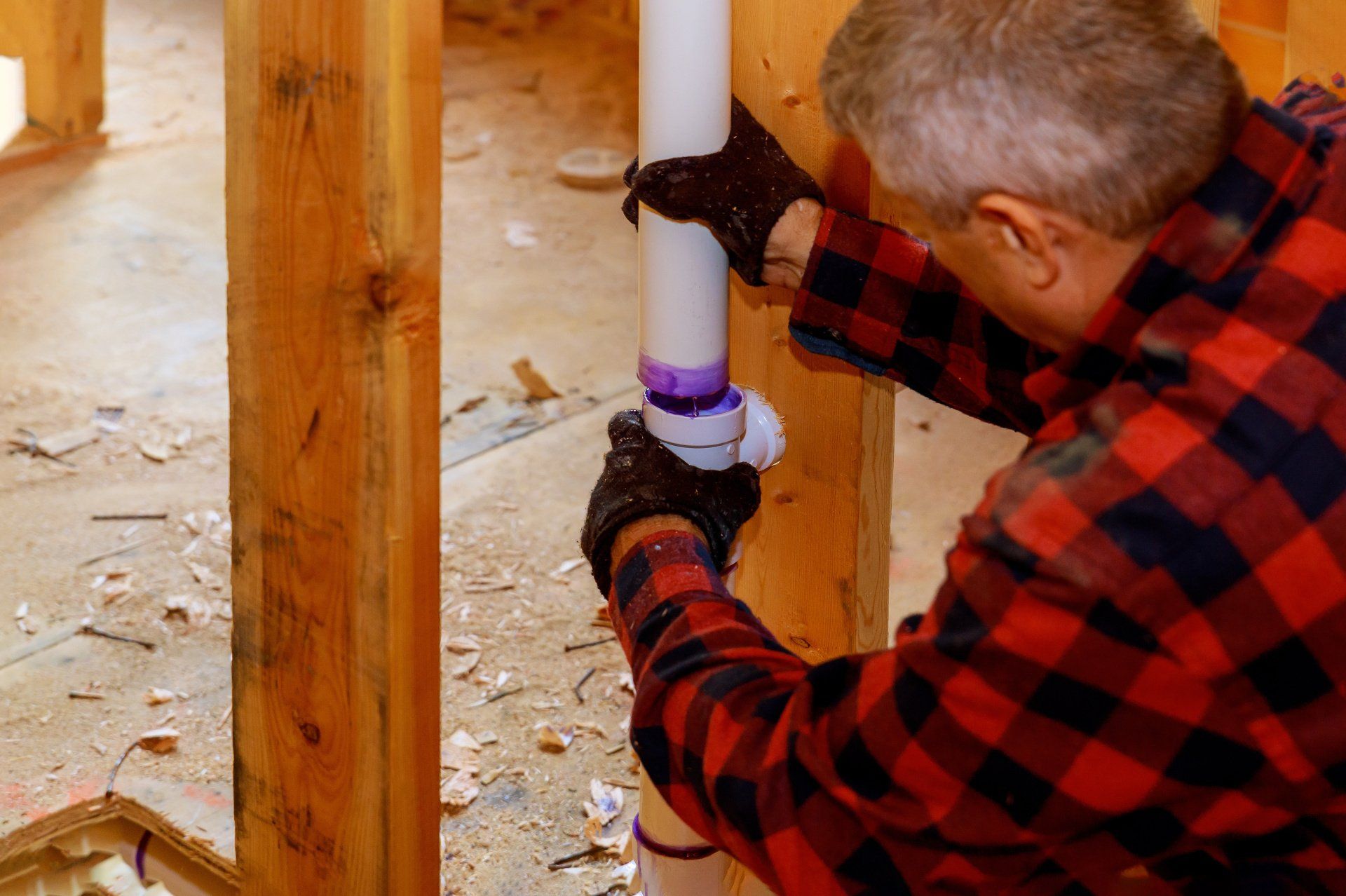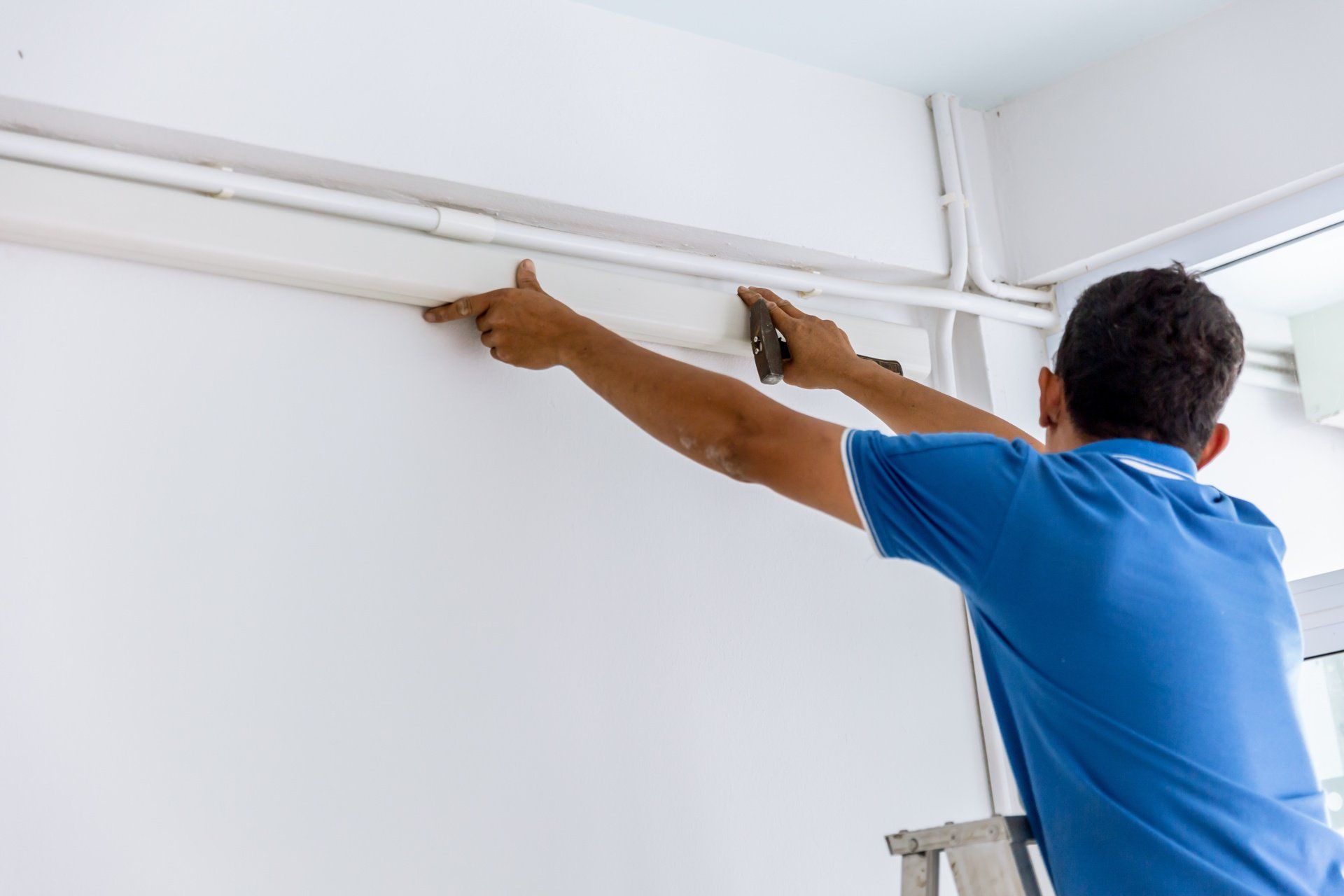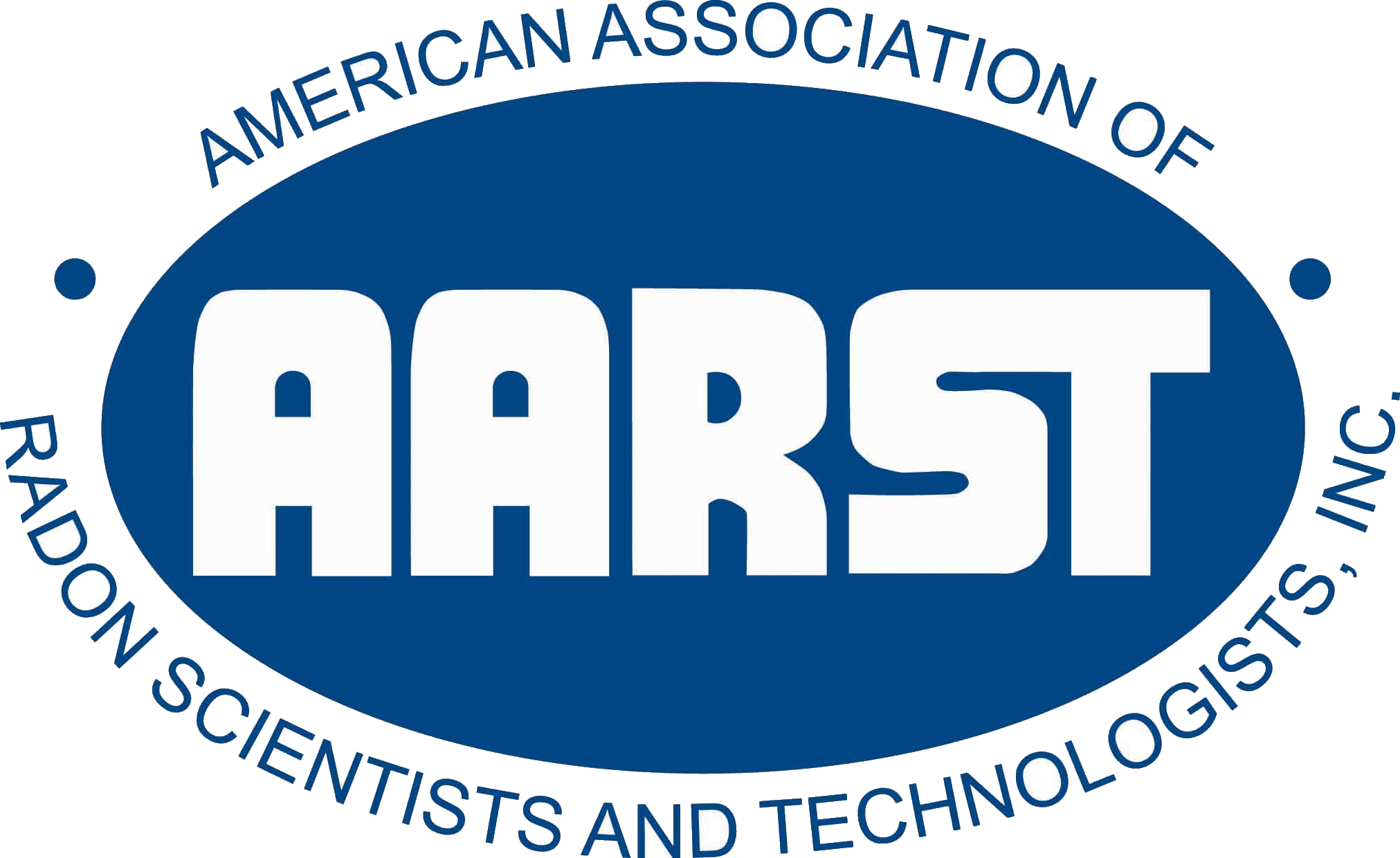RADON MITIGATION SYSTEM INDIANAPOLIS
YOUR TRUSTED SPECIALISTS IN RADON MITIGATION SYSTEMS
Radon mitigation and inspection are important for the safety of your home and the health of your family. Both methods are designed to reduce radon concentrations in the breathing zones of occupied buildings. In addition, radon can leach into your water supply, so your home should have a reputable radon mitigation service. Whether you have concerns about radon in your home or not, a radon inspection will help you make an informed decision.
If you have high radon levels in your home, you may want to consider installing a radon mitigation system before selling it. While it's expensive to install a radon mitigation system, it can save you money and give you peace of mind when it comes to selling your home. Additionally, continuous exposure to high radiated levels can cause lung tissue to change and increase the risk of developing lung cancer.
Radon mitigation and inspection can be a complex process. It's essential to hire a professional that specializes in this area. Many companies offer cookie-cutter solutions and services, but there are many variations between homes. The construction and geology of your home's foundation are important factors in the effectiveness of a radon mitigation system. The same system won't work in every house, but the same system can be used in several different houses, which is why it's important to hire a qualified radon inspection and mitigation service.
TOP QUALITY MATERIALS

We understand how much safety means to our customers, which is why we take great lengths when it comes down constructing these materials for them - ensuring they are leak free as well tough enough withstand whatever might come their way.
BEST QUALITY RADON FANS

With us, you'll never have to worry about a radon problem again. We use only top-of-the line fans and filters for your convenience!
THE BEST LOCATION FOR RADON INSTALLATION AT HOME

We know how to find the best hiding places for installing your radon mitigation system. We'll make sure you don't have any regrets after installation!
Types of Systems
ACTIVE SUB-SLAB DEPRESSURIZATION
Interior and external spaces are both available
The most common type of Sub-Slab Depressurization procedure is the Active Sub-Slab Depressurization. It is a continuous process that prevents the vapors from entering the slab. This procedure has several benefits. One of these is that it consumes little electricity. Another benefit is that the system is relatively low-maintenance. However, it is recommended that you get a professional inspection to ensure that the system is functioning correctly. In addition, the exhaust fan is usually mounted on the exterior equipment side of the building. You may also opt for a fan housing unit for aesthetic purposes. The exhaust piping is standard three-inch PVC and can be painted to match the exterior home siding.
The Active Sub-Slab Depressurization method involves installing a PVC piping beneath the slab flooring. The piping carries radon gas from the collection point to a fan, which expel it from the building via an exterior stack, which extends above the roof line. The system is not designed to remove radon gas from the building, but it will reduce its presence and reduce the risk of vapor intrusion.
HOW CAN AN ACTIVE DRAIN TILE BE DEPRESSURED?
Interior and external spaces are both available
Active drain tile depressurization is the process of installing a drainage system around a home's foundation to collect soil gasses. This is the same process used for radon mitigation. A hole is drilled into the concrete slab or sump pit to route a sump pump. A four-inch PVC pipe is then placed into the hole, which travels from the suction point outside the home. The piping can be run through the attic or garage.
In addition to depressurizing the soil, drain-tile suction also helps prevent water from collecting under the building. This method works very well if the drain-tile encircles the entire building. It is important to seal off any cracks on the slab and make sure there are no vapor pathways. Once you've made all of these repairs, it is time to install an active drainage system in your basement.
An SSD system is a variation of active sub-slab depressurization. The system works by removing soil from beneath the slab and placing vertical suction pipes into the holes. The vapors are vented outdoors, while the drainage pipes are shortened day by day. Typical residential homes are equipped with one or two suction pits. For larger buildings, more pits may be required.
CRAWLSPACE SUB-MEMBRANE DEPRESSURIZATION
Interior and external spaces are both available
To mitigate radon gas and prevent appliance back-drafting, crawlspace depressurization systems use a system that leverages the crawlspace membrane as a critical collection point. Rather than installing a radon mitigation system within the crawlspace, a radon fan is installed outside. This fan draws in the leaking, hazardous radium gas and sends it out through a vent system.
The first step to minimizing radon gas emissions is to install a radon mitigation system. This system uses a continuous vacuum beneath a sealed vapor barrier. The filtered exhaust draws radon from below the plastic and dilutes it to safe levels in the outdoors. If a structure has low radium levels, little ventilation, or limited room size, a radon mitigation system is recommended.
The SMD system requires cooperation from the building occupants. It relies on a barrier that is firmly sealed, which may not be possible in some basements and crawlspaces. Another challenge is the vertical space. In addition, if there is infrequent access to the crawl space, protective measures may be necessary. The SMD system must be durable and well-secured to walls and other surfaces.
Certifications:


Navigation
Navigation
Services
Working hours
- Mon - Fri
- -
- Sat - Sun
- Closed
Copyright Elite Radon Mitigation Indianapolis | Proudly Powered by Snapps